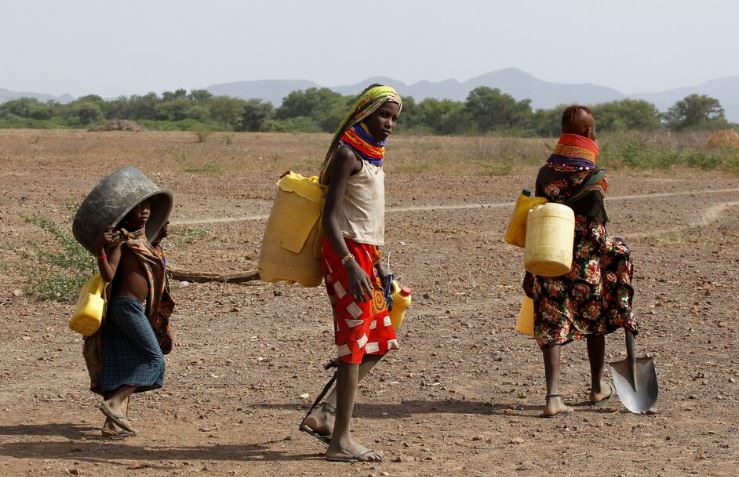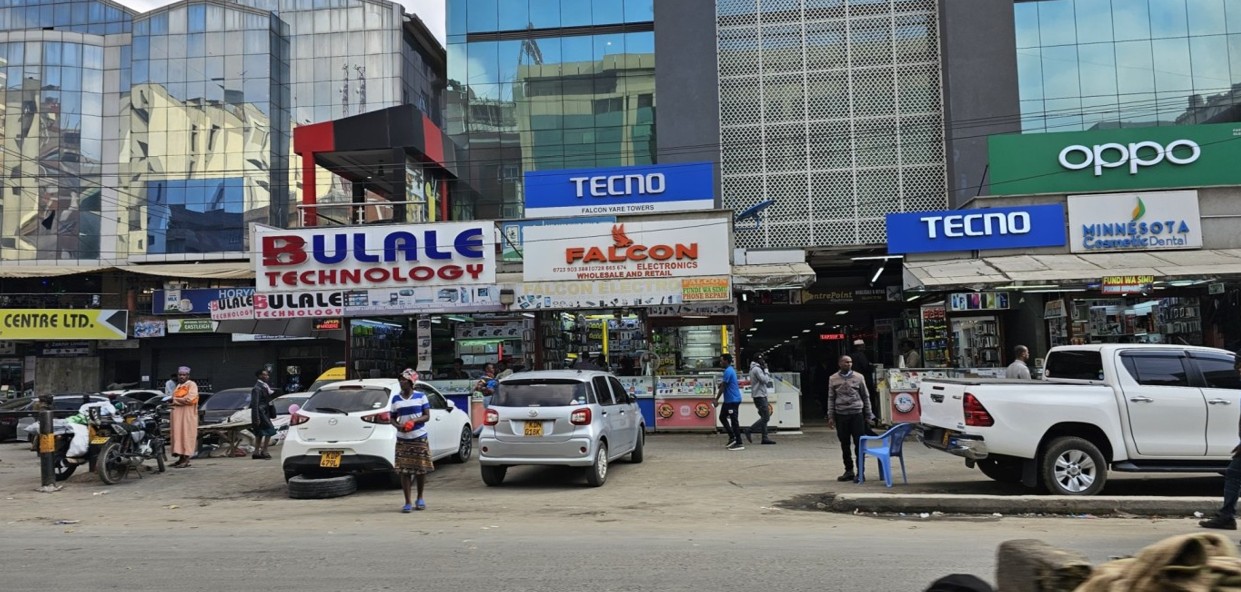2.1 million face hunger in Kenya’s ASALs as climate pressures mount

The report warns that the combined effects of these factors will erode household food security, deepen livelihood vulnerabilities and increase humanitarian needs in the affected regions.
At least 2.1 million Kenyans in arid and semi-arid counties are projected to face crisis levels of hunger between October and January as poor rains and high temperatures threaten food production and livestock survival.
According to the latest Integrated Food Security Phase Classification (IPC) report, this represents a two per cent increase compared to the previous year’s long rains season.
More To Read
- FAO warns of rising human-induced land degradation threatening crop yields, child nutrition
- Food inflation remains high despite overall stability - KNBS
- Global food prices ease as East Africa slips deeper into hunger – report
- Cheaper manufacturing signals hope for lower retail prices
- CS Kagwe says Kenya imports five billion eggs annually, urges farmers to boost local production
- Ruto declares food security key to Kenya’s sovereignty
The deterioration is largely attributed to below-average rainfall and higher-than-normal temperatures, which are expected to suppress harvests, deplete pasture and dry up water sources, ultimately reducing food production and weakening household purchasing power.
Of the 23 Asal counties, 11 are projected to see an increase in populations facing crisis or worse food insecurity.
“Consequently, competition for scarce natural resources is expected to intensify, fuelling resource-based conflicts. The prevalence of animal diseases will further undermine livelihoods, reducing livestock productivity and household purchasing power,” reads the report.
The report warns that the combined effects of these factors will erode household food security, deepen livelihood vulnerabilities and increase humanitarian needs in the affected regions.
The Kenya Meteorological Department recently projected below-average short rains across most Asals, with temperatures expected to remain above normal. The department said this would constrain production in mixed farming, marginal farming and agro-pastoralism, leading to earlier-than-usual depletion of household food stocks.
“As a result, household food stocks are likely to be depleted earlier than usual, heightening dependence on markets at a time prices of staples are rising,” the report notes.
It further projects that pasture and browse could deteriorate steadily through January 2026 due to high surface temperatures, affecting livestock health and household nutrition.
“Though livestock birth rates will remain at typical levels during this period, pasture and browse conditions are projected to deteriorate steadily, reducing body condition, milk production and household food derived from livestock products,” the IPC report adds.
The report also warns that intra- and inter-county livestock migrations are likely to intensify, increasing the risk of conflicts, which could marginally increase mortality rates and further constrain herd productivity.
Additionally, below-average rains and high evaporation rates will accelerate the drying up of open water sources, forcing families to travel long distances or rely on unsafe water.
“Reduced access to clean water will hinder hygiene and sanitation practices, increase the spread of diseases and weaken food utilisation, all of which contribute to high rates of malnutrition,” the report states.
The Asals, which occupy the largest percentage of Kenya’s landmass, are home to more than 15 million people, most of whom depend on pastoralism and small-scale agriculture.
The region remains highly vulnerable to climate shocks, including droughts and erratic rainfall, which continue to trigger resource-based conflicts and threaten the food and livelihood security of millions.
Top Stories Today













































